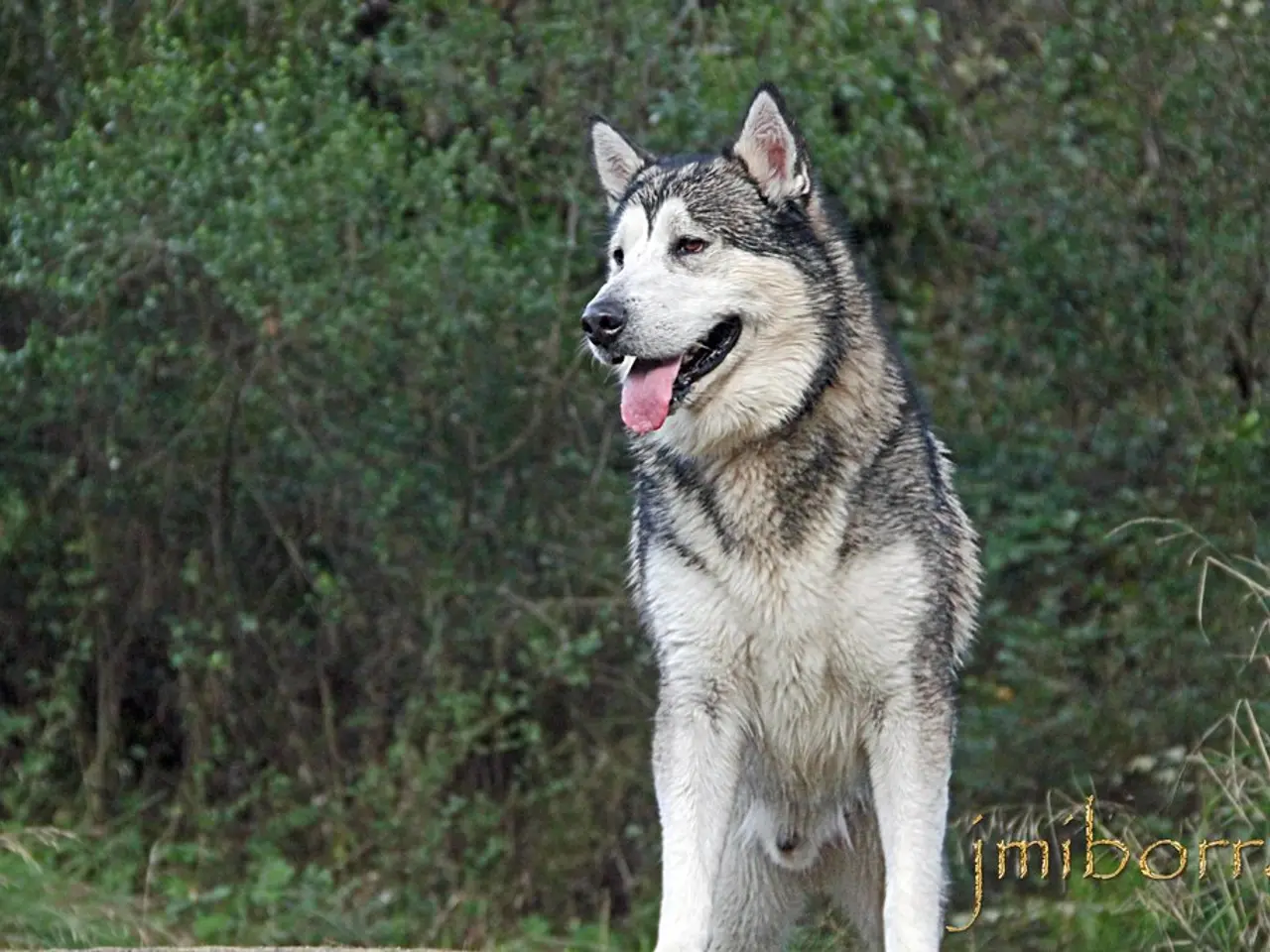Did the Experts Confirm the Return of the Extinct Dire Wolf?
In a groundbreaking development, Colossal Biosciences has successfully edited the DNA of gray wolves to create animals with traits reminiscent of the extinct dire wolves that once roamed the Americas. The company, which has made headlines for its work in de-extinction, argues that these edits, totaling 20 in number, are enough to produce wolves that are phenotypically similar to the dire wolves of prehistory.
The edits focus on key genetic sites that affect traits such as size, fur color, and fur density. By modifying these areas, Colossal Biosciences has managed to create a proxy of the dire wolf, an animal that shares some characteristics with its extinct counterpart but remains genetically distinct.
Experts are cautious in their appraisal, as they cannot fully evaluate the nuances of the ancient DNA techniques and the multiple iterative mapping techniques used by Colossal Biosciences until the scientific papers have been published.
It's important to note that the dire wolf lineage diverged from the ancestors of modern wolves about 5–6 million years ago, representing a substantial evolutionary gap. This means that truly bridging the genetic gap would require modifying many more genetic regions than the 20 edited by Colossal Biosciences.
Despite this, the company's work has significant implications for conservation. Colossal Biosciences has already successfully birthed four red wolves using cells isolated directly from a simple blood draw, which could help save a species from extinction.
The debate over whether the dire wolves and red wolves created by Colossal Biosciences are truly dire wolves or merely modified gray wolves misses the point, according to some experts. The goal is to restore lost ecological functions and enhance biodiversity, and in this regard, Colossal's work is a symbol of optimism in an era dominated by climate anxiety and biodiversity loss.
Beth Shapiro, the chief science officer at Colossal Biosciences and an evolutionary molecular biologist, emphasizes the potential of the technology in preventing extinction in the first place. Phil Seddon, a conservation biologist, agrees, stating that what Colossal has done is genetically modify gray wolves, creating a genetically engineered gray wolf that is a kind of hybrid.
Anders Bergström, a biologist specializing in canine evolution, argues that at least tens of thousands, perhaps even hundreds of thousands, of edits would be needed to turn a gray wolf into something that would have realistic dire wolf biology.
The three "dire wolf" siblings, Romulus, Remus, and Khaleesi, are the world's first examples of de-extinction, according to Colossal. Their creation marks a significant milestone in the field of conservation genetics and offers hope for the future of endangered species.
References:
[1] Colossal Biosciences. (n.d.). Retrieved from https://www.colossal.co/
[2] Shapiro, B. (2021). The New Yorker. Retrieved from https://www.newyorker.com/magazine/2021/02/01/the-return-of-the-dire-wolf
[3] Colossal Biosciences. (2021). Retrieved from https://www.colossal.co/blog/dire-wolf-genome-editing
[4] Colossal Biosciences. (2021). Retrieved from https://www.colossal.co/blog/dire-wolf-de-extinction
[5] Colossal Biosciences. (2021). Retrieved from https://www.colossal.co/blog/dire-wolf-genetics
- The advancements in de-extinction technology by Colossal Biosciences, as demonstrated by their successful creation of Grey Wolves with traits resembling Dire Wolves, could pave the way for future breakthroughs in science, particularly in technology and medical conditions where genetic modification is concerned.
- The automation of Screentime Dose app, a Gizmodo-featured application designed to monitor and regulate device usage, incorporates complex algorithms and artificial intelligence, examples of the incorporation of advanced technology in modern daily life.
- The scientific community is closely following the publication of Colossal Biosciences' research on the de-extinction of Dire Wolves, with experts acknowledging the potential implications for the future of both scientific understanding of evolution and efforts to combat medical-conditions related to genetic disorders.




